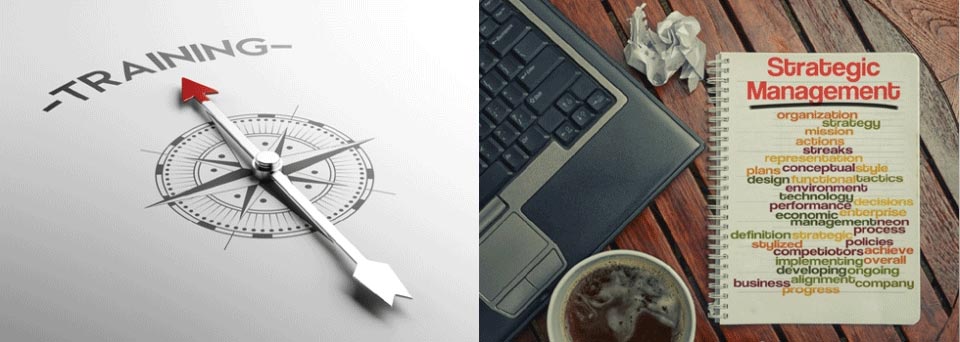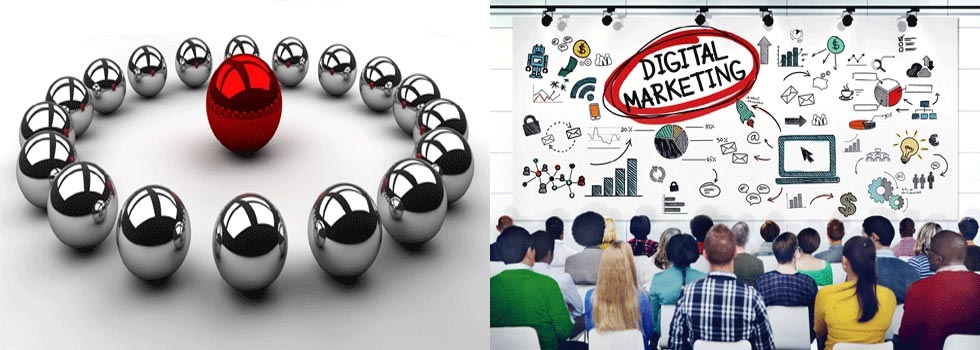Date: 11th August, 2015–Develop your B2B Customer Journey in 6 Steps
Forum: http://www.marketingprofs.com/
Attendee: Faculty
Date: 11th August, 2015
Key Speakers: Ms. Teya Flick (VP- Marketing, Wheroware)
This write-up will explore the various facets discussed during the webinar and key conclusions that emerged. The objective of this webinar was to discuss the journey undertaken by industrial customers and how the process can be streamlined to increase efficiency.
Changing B2B Expectations
Expectations of B2B clients has undergone a drastic makeover. B2B clients now prefer B2C kind of dealings based on lesser paperwork and greater transparency and simplicity. In fact as per market research, 49% of today’s professionals prefer using same websites for official purchases as they do for their personal needs. Thus a Flipkart devotee will continue promoting the brand at his / her workplace. This provides massive business opportunity to industrial sellers as they can leverage their vast list of individual buyers and promote their office related purchases to this list.
Major requirements of B2B customers these days are as follows:
· Three-fifths of those polled want their website to experience increased search-ability.
· Nearly the same figure want ratings and reviews to reflect on their home pages.
· About half the respondents desire customized product / service.
· Also about two-fifths of those polled in the marketing research desire better alignment with back-end processes.
· Almost the same figure also wants the merchandize to boost related products / services.
Like individual buyers, even industrial level large scale buyers are making the transition for product discovery from offline to online or mobile settings. That is where digital marketing is playing a massive role in attracting customers and converting leads.
B2B Customer Journey
Business consulting provided by the speaker’s firm, tells us that best rated industrial sellers are twice more likely to mark objectives to the customer lifecycle. Certain advantages have been observed when customer journey is properly mapped. They are as follows:
$1· Corporate strategy of the company turns customer centric.
$1· Helps rectify gaps between departments, instruments and channels.
$1· Product differentiation tactics can then be recognized.
$1· Provides information on how brand engages customers.
The industrial buying process in thus no longer linear but as dynamic as the B2C one.
6 Steps
Business research has suggested six steps to improve the B2B customer journey. They are as follows:
$1· Develop user personas
$1· Identify your goals
$1· Talk to customers
$1· Create and engage teams across functions
$1· Design the journey
$1· Measure and adjust
Develop User Personas
A user persona is a fictitious representation of significant sections of customers. Ideally, a firm must create 3-5 such personas. Such personas may be developed using following methodologies:
$1· Quantitative data and qualitative business analysis.
$1· Recognize these personas from across platforms.
$1· The details must be sketched out using data eked out.
Identify your Goals
This includes having clear goals and identifying each type of industrial lead to one of the buyer personas developed.
Customer Engagement
This involves interaction with B2B client using certain parameters. Set questions have been developed for this which must include the following:
$1· Organization discovery process
$1· How did client transition from discovery to consideration phase; from lead to customer; from purchaser to loyalist?
$1· What are obstacles still prevalent in the service delivery?
Create and Engage Teams across Functional Areas
Teams must be created and further nurtured which will involve members from different departments, verticals and functional areas.
Design the Journey
This is the process where customization really comes to the fore. The process can be better understood using the following illustration:
Measure and Adjust
At this stage, the firm measures the effect of the efforts made thus far. Data analytics must be used for the same. In case any part of the initial strategy does not seem to be working, immediate corrective action must be taken to enhance customer satisfaction.
Conclusion
Thus, as we have seen during the write-up, some sort of analysis must be made at all stages. The concept of analysis paralysis where only study is made but no corrective action is taken, is a trap Industrial marketers must not fall into. B2Bmarketing now represents a graph not very different in functioning from the B2C segment.
[csblink]



